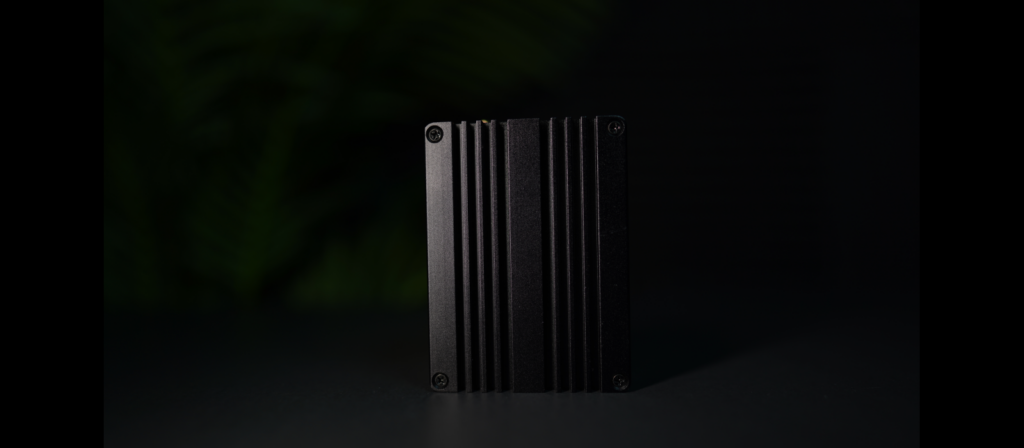
Unless you’ve been living under a rock, you’ve no doubt heard about Helium mining. It really comes down to two things: Building one of the most exciting global infrastructure projects in years, while earning passive income on the side.
In this blog, we want to give you a rundown of all the reasons a Helium miner should be your next investment. We’re going to take you from the basics to the hard questions: What is Helium? How do you mine it? How do you choose a miner? How do you optimize mining?
To understand our company and the success driving the blockchain adoption with real-world Web3 applications like Helium, it’s essential to have answers to those questions.
If you’re new to blockchain technology as a whole, be sure to check out our other blogs on the topic. Though we’ll review some essential basics below, you should be familiar with the concept of a decentralized network and immutable ledger.
In this blog, we will:
- Revisit the concept of cryptocurrency mining and proof of coverage
- Explain the Helium IoT network
- Note the profit potential of Helium
- Introduce the vast array of Helium hotspots available today
- Explain the role of Emrit and the CoolSpot in the expansion and growth of the Helium Network
Review: Cryptocurrency Mining
Cryptocurrency miners use their computing power to participate in a blockchain’s consensus mechanism. In return for a network contribution, they are rewarded in digital currency.
The most common types of consensus mechanisms are proof of work and proof of stake. Both are versions of the same thing: a decentralized system of confirming and/or witnessing the validity of a transaction and thereby creating a new block in the blockchain. Witnessing or winning a “challenge” earns the node (and its owner) cryptocurrency.
The currency earned by participating in the Helium network is HNT. Before we jump into how you can start earning HNT, let’s get down to the details of what the Helium Network actually is and does.
Unlike many other blockchain networks, the Helium network is not based on proof of work or proof of stake. Instead, the access nodes challenge each other for proof of coverage. That’s because providing wireless network coverage is the essential function of the Helium network.
The Helium Network
Helium is “The People’s Network,” a decentralized wireless network. Driven by the Helium blockchain and decentralized infrastructure, it provides low-power network coverage to billions of devices that need a connection to transmit data between one another.
In its current form, the Helium network is an IoT network. IoT stands for Internet of Things and refers to connections between non-human interfaces and devices. A smart factory, designed around communication between sensors sending data to applications to make processes more efficient, is a great example of an IoT setup. Helium connects IoT devices with one another in groundbreaking ways.
Helium miners, or hotspots, build the Helium ecosystem: nearby hotspots challenge each other for proof-of-coverage, securing network infrastructure for Helium and building coverage simultaneously.
Devices that tap into the Helium network to transmit data between one another are guaranteed secure information exchange and immutability, thanks to Helium blockchain technology. Each third-party device requires data credits to make use of the network, thereby creating a self-sufficient capital infrastructure.
The good news is that nothing needs to change in established infrastructure to allow sensors, devices, or other solutions to tap into the Helium “LoRaWan” wireless coverage. Mining and building coverage are essentially connected: each new Helium miner spreads the coverage of the network to new corners of the world, allowing individuals the opportunity to earn valuable HNT cryptocurrency.
Helium’s Growth Potential
Since the beginning of 2021, HNT has already gained around 4000% in value on exchange networks. The market cap of Helium has expanded to over $3 billion dollars.
What does that tell us about where Helium could be headed? Let’s map out the power of the wireless sector: Verizon, one of the largest carriers in the US, has a market cap of over $220 billion. Even a regional carrier like Spectrum has a market cap of $115 billion.
Unlike both Spectrum and Verizon, Helium is planned as a global network. Its growth potential is incredibly high; if it’s already got a market cap of $3 billion now, just wait until Helium continues expanding around the world – and launches its decentralized 5G network on top of its IoT network in the near future.
At Emrit, we believe in HNT as a long-term investment. Helium certainly carries the potential to make a lot of money in the long term.
Why Helium?
Beyond its financial promise, the Helium network also embodies the very best of what next-generation digital infrastructure can be. Governed by an open alliance and built on open-source technology, it makes use of already existing technology to reduce cost and raise efficiency in-network coverage.
Blockchain technology demands a people-centered approach. With a network like Helium, centralized, profiteering cell coverage may soon be competitively challenged by a people-powered alternative. A global network for IoT devices to use for transferring device data securely. At Emrit, we are helping to drive this change.
Helium relies on distributed infrastructure (Helium hotspots). By connecting a Helium hotspot to your power and home network, you provide coverage for the Helium network to your local area. So how do you get started?
Getting Your Hands on Distributed Infrastructure
An exciting way to invest in Helium is not to buy it, but to earn it passively, by mining HNT. Helium wouldn’t have become an increasingly attractive option for companies if the network hadn’t expanded dramatically. That growth is directly driven by new miners, all around the world. Start Helium mining today and see how the Helium network continues to grow and grow more profitable.
Mining Helium is easy, and it’s easy to see what can make Helium mining profitable. Helium mining rewards are earned by a small device that connects to your broadband internet connection and quietly changes the world, using the same amount of electricity as a 5W light bulb. For context, the average lightbulb in today’s homes draws about 100W.
The Range of Helium Miners
Since Helium launched, twenty third-party hardware providers have designed hotspots approved for use by the Helium community. The actual hardware varies in make and build, but all of the approved hotspot models listed on the Helium website can connect to Helium and start earning you HNT.
It’s possible to own multiple hotspots to earn more HNT – but if you place them too close to each other, they will mutually interfere with the efficiency of the other. Placing one at your office and one at home is very much an option, however.
To give you a sense of how some of these miners differ, let’s compare some of the most popular models. Most of their features are interchangeable. All miners have easy smartphone set-up options, all have roughly the same cost (500-800 dollars), most of them have a waitlist, and all of them are compatible with Helium LoRaWan.
The Bobcat Miner
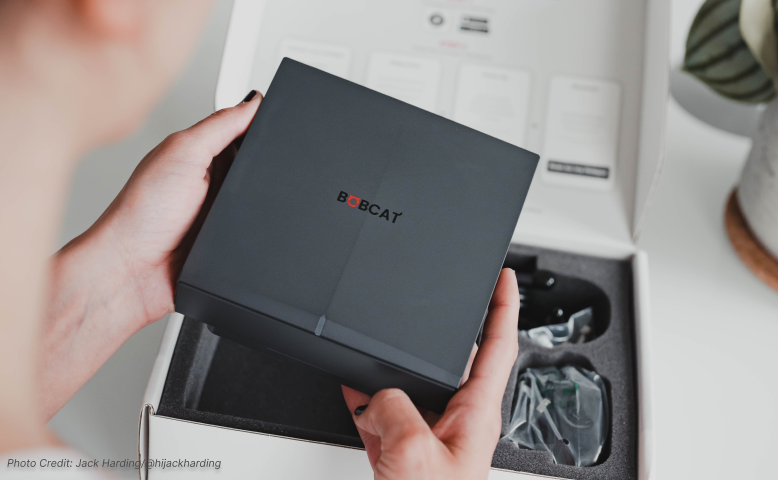
Bobcat has made a bit of a name for itself in the Helium community by offering one of the strongest antennas and processing power in its class. A quad-core processor and 64GB of integrated storage make this beast of the miner ready for the long haul.
A 4dbi antenna has a much stronger range than the standard 2.6dbi model – and the Bobcat 300 still operates at the lowest possible power consumption (the equivalent of a 5W lightbulb).
Bobcat is comparatively larger than some of the other miners out there – if you’re looking for a small device, another miner may be right for you.
Nebra HNT Hotspot Miners
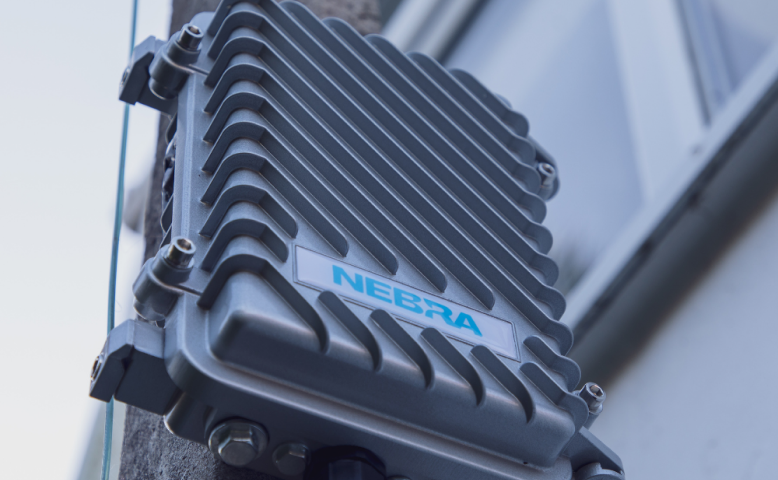
Nebra is known for offering both an indoor and outdoor model of its miner. These are both on the more expensive side of things and come with a strong 3dbi antenna. Nebra hotspots feature accessible circuitry, for the more studied electricians among you. That makes them potentially modifiable.
Unlike other Helium miners, Nebra products draw up to 15-18W of power, depending on the model. Make no mistake – that’s still an exceptionally low number, comparable to a broadband router. That’s in part because Nebra products can be wired to be 4G compatible.
Nebra’s Outdoor HNT hotspot miner is unique in its durable aluminum casing. If you’re looking for an outdoor device, look no further.
RAK Miner
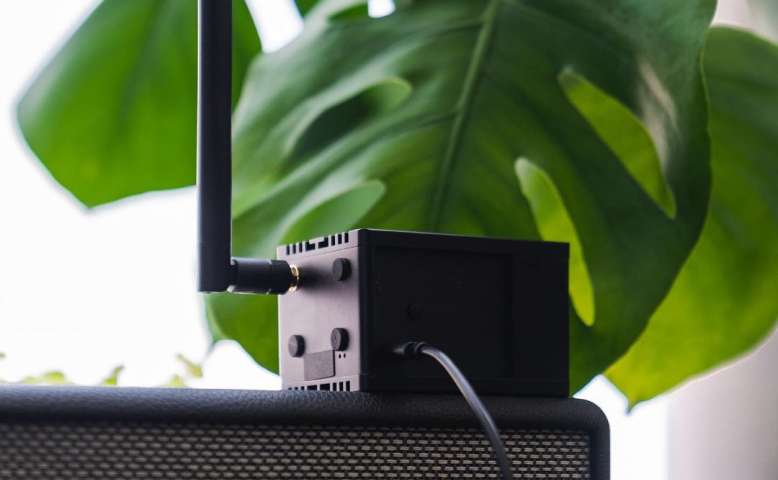
The RAK Miner is a standard, no-frills Helium miner with exceptional functionality and low power use. It’s small, features a standard antenna, and 32GBs of storage for potential upgrades.
Browan MerryIoT Miner
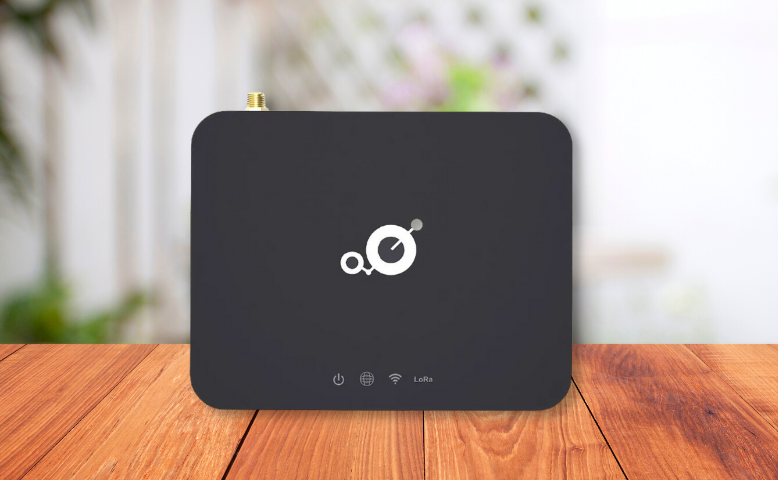
Browan produces Smart Home devices and specializes in LoRaWan equipment. If you are familiar with their other products, their standard miner might be a good choice for you! With an upgradeable 2dbi antenna and 32GB of storage, this miner is a low-impact, simple device to integrate into your home.
The Bottom Line: Helium Miners Come in All Shapes and Sizes
Your choice in hotspots depends on your region, your preferences, and your capital. The good news is that Helium hotspots don’t have to break the bank. There is one easy way to get involved in Helium mining at a fraction of the cost: joining Emrit.
Emrit and the CoolSpot
Emrit is a distributed blockchain infrastructure company. We aim to build the physical infrastructure of the next generation of the internet, or Web3, all while creating opportunities for consumers and businesses to mine cryptocurrency. We focus on infrustructure deoployment by helping a network like Helium achieve wider network coverage with hardware, software and support services.
Emrit subsidizes over half the cost of a Helium miner. You provide your physical location, internet access, and a negligible amount of power and we split the miner’s profits. We also provide technical support and an active community on Discord where you can get advice on how to keep your miner online and earning.
In the end, we all stand to gain from a profit-sharing collaboration. And while Helium mining won’t remain our only significant infrastructure project, the Helium network will continue growing with Emrit – and you alongside it.
Helium Mining: The Potential of Decentralized Coverage
Helium mining is at the core of Emrit’s growth. That’s partly because our company’s goals coincide urgently with Web3 applications like Helium that are transforming industries. By getting subsidized hardware out to individuals all over the world, we are physically laying the groundwork for the expansion of Helium’s IoT network.
We are proud to contribute to the growth of the Helium network because it captures the very best of what blockchain technology can do: provide people-driven alternatives to profit-based, centralized networks.
And the Helium network continues to grow and evolve. The IoT compatibility points to further potential for decentralized wireless coverage. Home networks could eventually be used to give internet coverage to human users as well. All that and more is what we could be working towards in the future.
In this blog, we:
- Reviewed the basic technological principles underlying cryptocurrency mining
- Introduced the Helium IoT Network
- Explained the potential profitability of Helium, in the l0ng-term
- Introduced some of the miners available to consumers today
- Explained the role of Emrit and the CoolSpot in the successful growth of Helium – including how you can get involved.
To get started on your own helium mining journey (and start earning HNT passively), explore our website and join the ranks of our global Emritans today! Together, we can capitalize on the opportunities of Blockchain and Web3.



